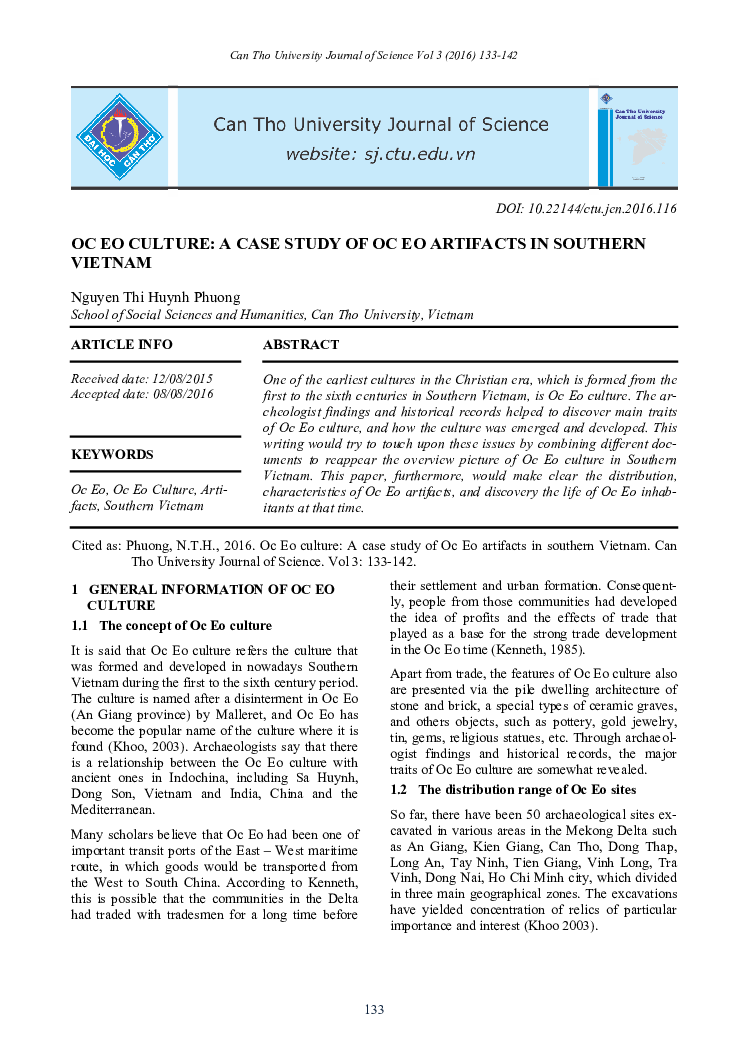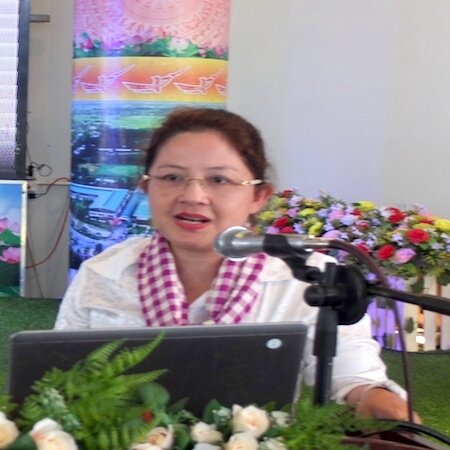Kamboja, Kambuja, Kampuchea
sk काम्बोज kāmboja | prakrit कंबोय | [कम्बुजदेशः kambujadesa, 'land of Kambuja' | oldkh កម្វុជទេឝ, midkh កម្ពុជទេស mkh កម្ពុជា kampuchea, Cambodia
- Kāmboja, a kingdom often mentioned in the Mahābhārata and in the Ramayana, with supposed location in the northwestern part of India, in modern Kabul area, renowned for its warriors and fine horses. Later on, a country visited by Asokas missionaries.
- In ancient Indian astrology, a Kādi (subdivision) belonging to Nairṛtī (south-western division referring to a country possibly identified with the Cambodia of Cochin China according to the Bṛhatsaṃhitā (chapter 14), an encyclopedic Sanskrit work written by Varāhamihira.
- One of the two Mahājanapadas of the Uttarāpatha (Northern District) of ancient India, as recorded in the Pāli Buddhist texts, presumably not far from Gandhāra, with Nandipura as the only city of the Kambojas mentioned in the inscriptions. "Home of horses," a term related to horses and elephants.
- In Ayurvedic medicine, a plant defined with Coccinia grandis. White mimosa.
- Kambujadesa, the land of कम्बु Kambu: according to 10th-century traditions, the union between hermit Kambu Swayambhuva and the celestial nymph Mera founded the Cambodian solar royal dynasty (Kambu-Mera), beginning with Chenla ruler Srutavarman and his son Sreshthavarman.
- [Kambhoji or Kambodhi, a raga or ragani mode in Carnatic music, derived from 28th mela Hari Kambhoji, widely known and developed since the 7th century, often dedicated to Lord Ganesha. Defined as "majestic, auspicious in the devotional register" by Dr. Charulatha Mani and by famed Bollywood music composer A.R. Rahman. Etymology unknown, Kāmbhojī काम्भोजी being one name for Guñjā गुञ्जा, Abrus Precatorius, "red bean" plant. Carnatic music scholars do not exclude the possibility that the name might derive from Cambodia-Kampuchea.]



